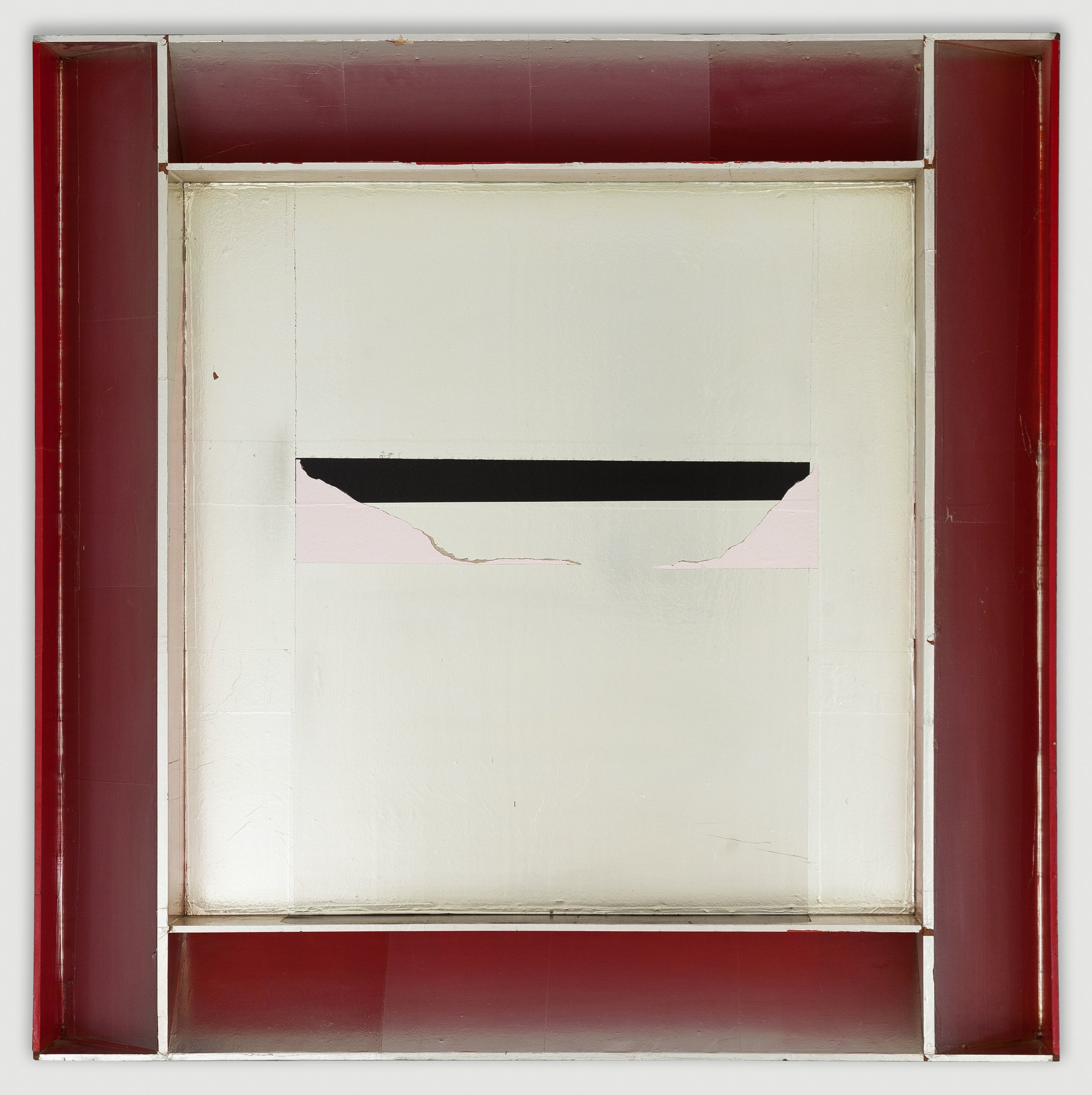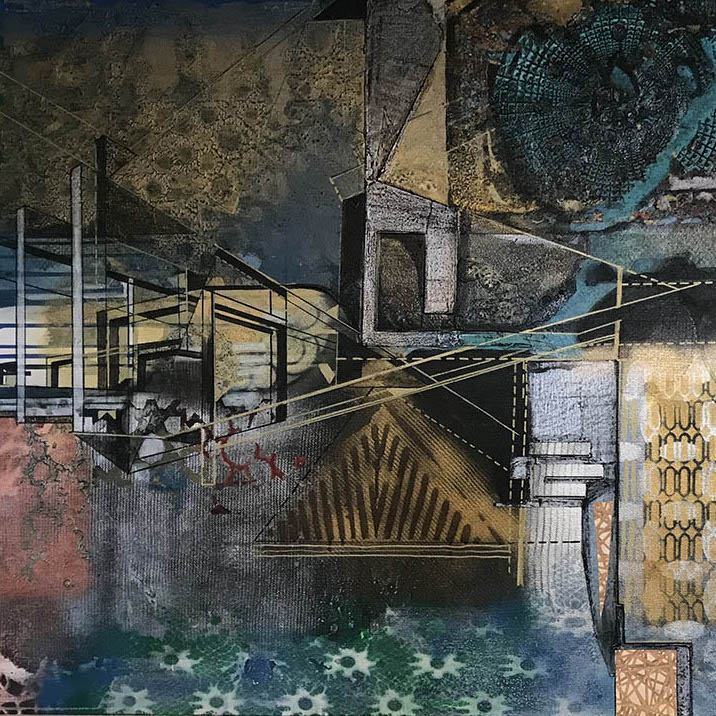A Summer Night’s Dream by Ranbir Kaleka
My first love has been oil painting for which I trained in Chandigarh Art College and then at the Royal College in London. My fascination for contemporary tools for making art took me to video art installations, digital collaging, and painting.
I take any object, shape, tree, animal, human or bird, and work on them the way I would work with an actual brush and paint. For instance, shaping the beak or tail of a bird, giving it multiple colours and highlighting the tip of its beak, shaping the wings etc. In short, whatever the artwork demands or whatever my imagination tells me, I can achieve. This fluidity has been made possible after years of experience.
The first step is to create the image in my mind’s eye. Then, I source the images, often photographing them. This is an ongoing process, as the artwork develops and evolves. Technology allows me to achieve whatever shape and effect I want. The final work consists of hundreds of layers; they have numbered over two thousand in some works. The multiple layers are collapsed into one and printed in archival inks on a canvas, which is specially produced and imported for this purpose from Germany and the U.S. The Eizo monitor that I use allows me to use 16.77 million colours and shades, it is calibrated for true-to-life colours, and the luminance values are adjusted for precise shadow/ highlight detail, and then transferred faithfully onto canvas.
Finally, I decide to highlight or pushback certain areas using oil paint. Some parts may need just the tiniest speck of oil paint to make it come alive. Other areas, such as foliage, may require more brushwork. As light bounces off differently from the oil paint than from the rest of the canvas, it adds vibrancy to the image. This gives it a slightly 3-D appearance. I very much like to retain the astounding detail that digital technology allows.
(19 October 2018 - 10 November 2018)









